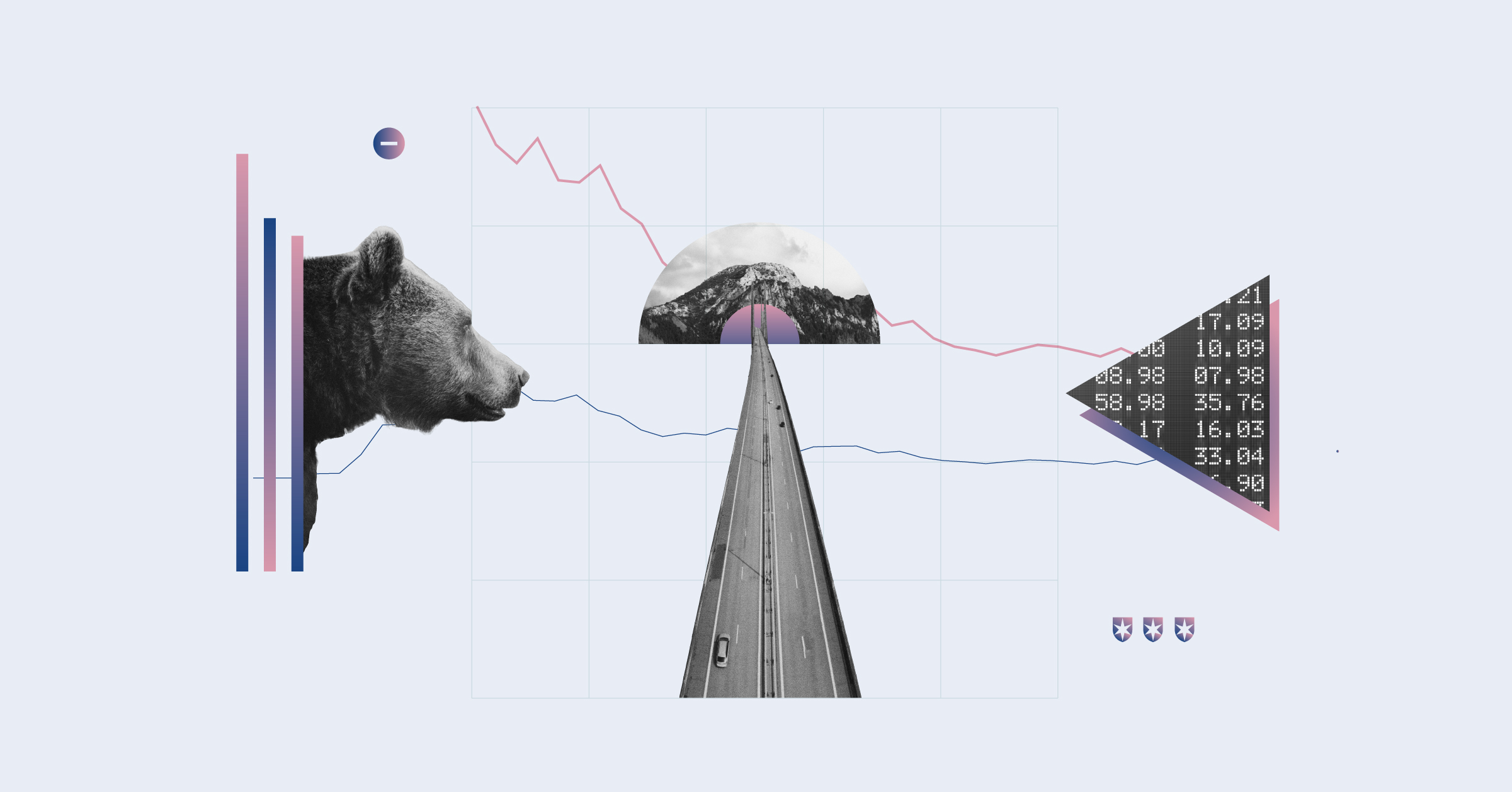:quality(80)/cloudfront-us-east-1.images.arcpublishing.com/morningstar/TUMESES6KBGRBCCTKOV26XSHNA.png)
The big stock market rally in late 2023 may have run out of steam, but Denise Chisholm, director of quantitative market strategy at Fidelity, says there’s reason for investors to feel good about the market’s outlook.
It all comes down to earnings. After a slowdown in corporate profits over the past year, Chisholm points to several trends that suggest “earnings growth is not only strong but is increasingly likely to reaccelerate.” According to her, roughly 90% of the time, earnings growth rebounds the year after a contraction.
That’s critical for the market because earnings growth is a major driver of stock performance. It’s also a signal that leadership may broaden from the narrow group of technology names that led in 2023. That’s a factor many strategists say is critical to keep last year’s rally on the rails. Against this backdrop, Chisholm believes financial stocks, real estate stocks, and small caps offer attractive opportunities.
High Interest Rates Don’t Tell the Whole Story
That optimism contrasts somewhat with dimming investor enthusiasm around the macroeconomic outlook, especially regarding interest rate policy. If eagerly anticipated interest rate cuts are delayed (as some officials appear to be suggesting), rates might remain higher for longer than investors expect. And on the whole, stocks are significantly more expensive now than they were a year ago.
That scenario sounds bearish, but Chisholm cautions against that assumption. “When you look back historically at the data associated with that narrative, it doesn’t turn out to be bearish for stocks,” she says. The reason? There are other factors besides interest rates and valuations—“There are too many other moving parts.” That leads us back to earnings.
Corporate Cost Pressures Have Eased
Chisholm says evidence of a coming acceleration in corporate profits “is all on the cost side.” As inflation spiked in the aftermath of the COVID-19 pandemic, companies saw costs for labor and materials creep up. Those rising costs “were the problems that led to the contraction in earnings.” Fortunately for investors, she adds, “those indicators are saying the opposite of what they were saying in 2022.”
Rising labour costs made it more expensive to pay workers in early 2022, but those costs unwound almost as quickly as they climbed. The more labour costs fall, according to Chisholm, the more likely profits are to expand. And by extension, “earnings are likely to be better as well.”
While both consumer and producer costs spiked around the same time, the rate of inflation for producer costs has decelerated much more quickly. In other words, companies are now paying less for raw materials, but they are still able to charge consumers relatively higher prices. That’s another good sign for margins and earnings.
Market Rally Likely to Broaden
Chisholm points out that historically, an acceleration out of an earnings contraction increases the odds that cyclical sectors like consumer discretionary and technology will outperform. Stocks in these categories have already done well over the past few months.
At the same time, she’s expecting to see the stock market’s rally broaden this year. At the beginning of 2023, earnings growth was contracting and interest rates were headed higher. A year later, earnings are likely to accelerate while interest rates are likely headed lower, Chisholm says.
“Within that, you usually see market broadening, specifically around the interest-rate-sensitive sectors like real estate and financials,” she adds. “The more earnings growth recovers, the more likely the market is to broaden.”
Fear-Based Valuation Spreads Signal Opportunities
But falling rates and a pro-cyclical environment aren’t the only reasons Chisholm is watching real estate and financial stocks. She says a measure of investor fear is also pointing toward outperformance. “Usually when you see an earnings growth recovery, the places in the market where you see the most fear have the most palpable upside,” she explains, “and your risk/reward is massively skewed.”
Chisholm measures that fear through differences in valuations within a certain industry. When one industry has both very expensive and very cheap stocks, it’s an indication that investors are searching for quality and avoiding riskier names. Right now, she says, this is the case with real estate and financials. Small-cap stocks fit the bill too: “They are the section of the market where fear is most prevalent.” She says the wider the spread of those valuations, the more likely the sector is to outperform. “Most investors turn away from that and say, ‘Well, that’s riskier.’ For me, mathematically, that’s actually where the opportunity is.”




















